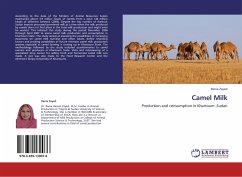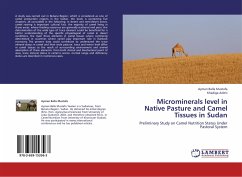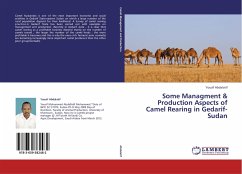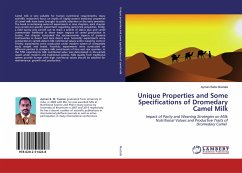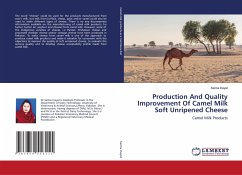According to the data of the Ministry of Animal Resources Sudan maintained about 3.9 million heads of camels from a total 138 million heads of different livestock (2006). Despite the big number of livestock Sudan imports processed powdered milk at a time when the milk produced by camels does not find place in the total milk production and might even be wasted. This initiated this study during the period December 2006 through April 2007 to assess camel milk production and consumption in Khartoum State. The study aimed at assessing the possibilities of increasing awareness on camel milk nutritive and other values, define retarding factors and probing possibilities of future intensive camel milk production systems especially as camel farming is coming up in Khartoum State. The methodology followed by the study included questionnaires to camel owners and producers in Khartoum State. Visits and interviewing of a specialized shop owner for selling fresh and fermented camel milk was made. A visit was also made to the Food Research Center and the electronic library (University of Khartoum).

